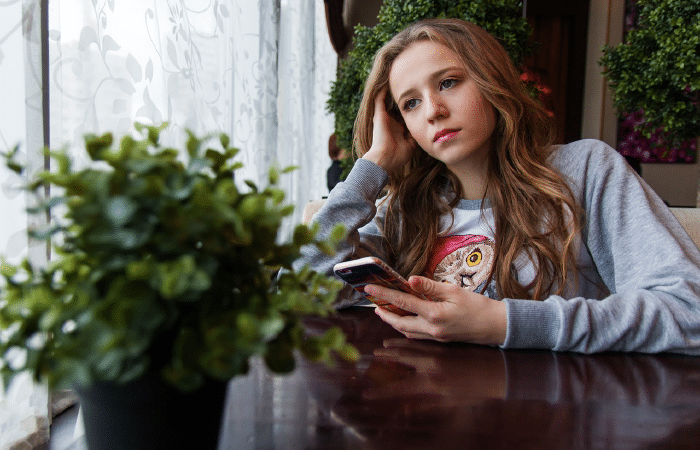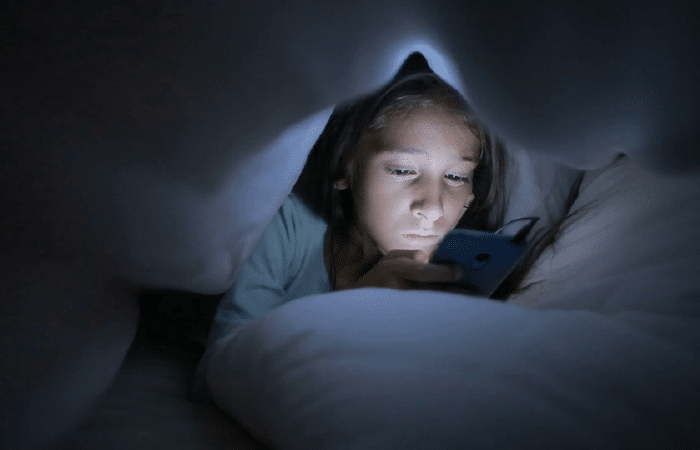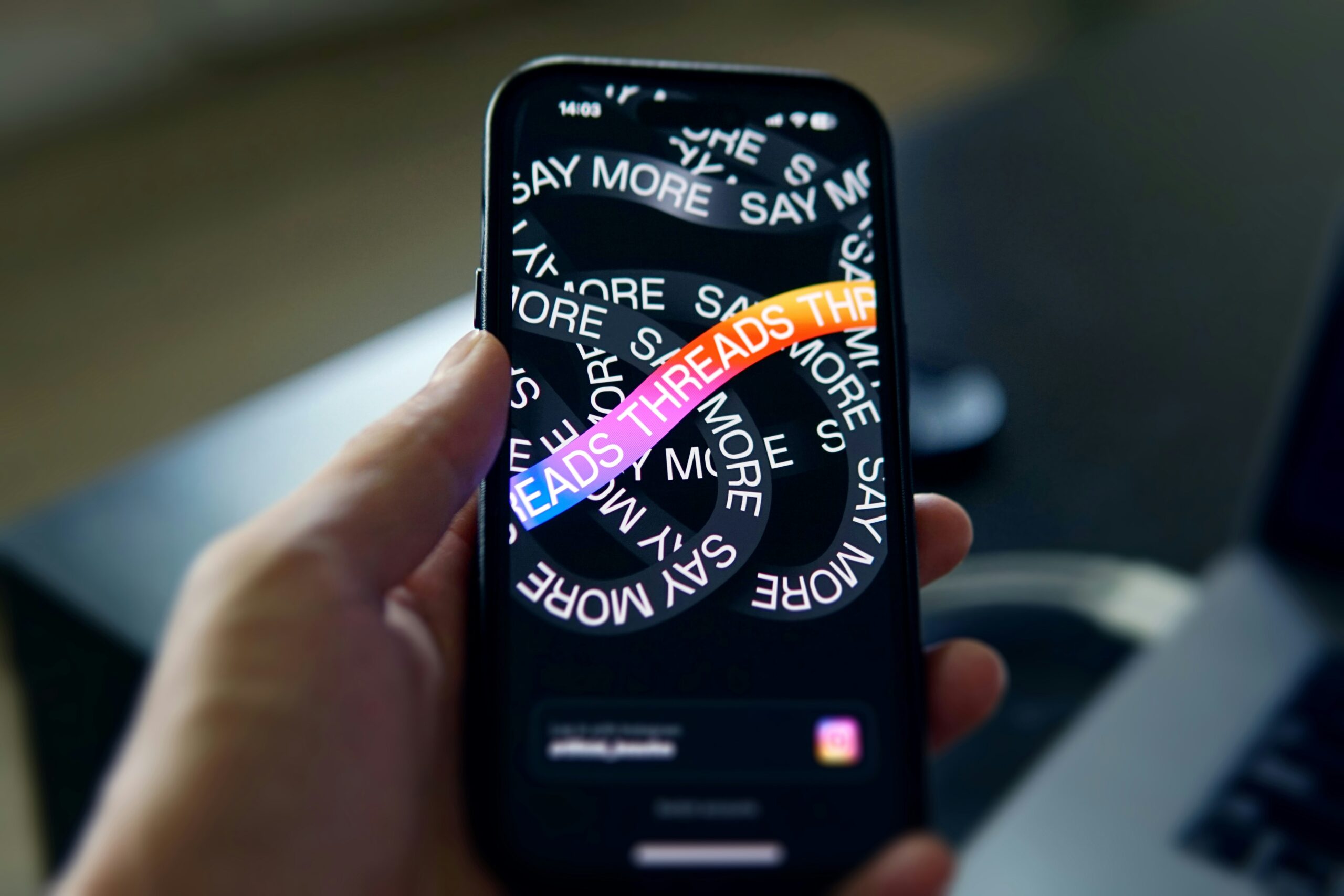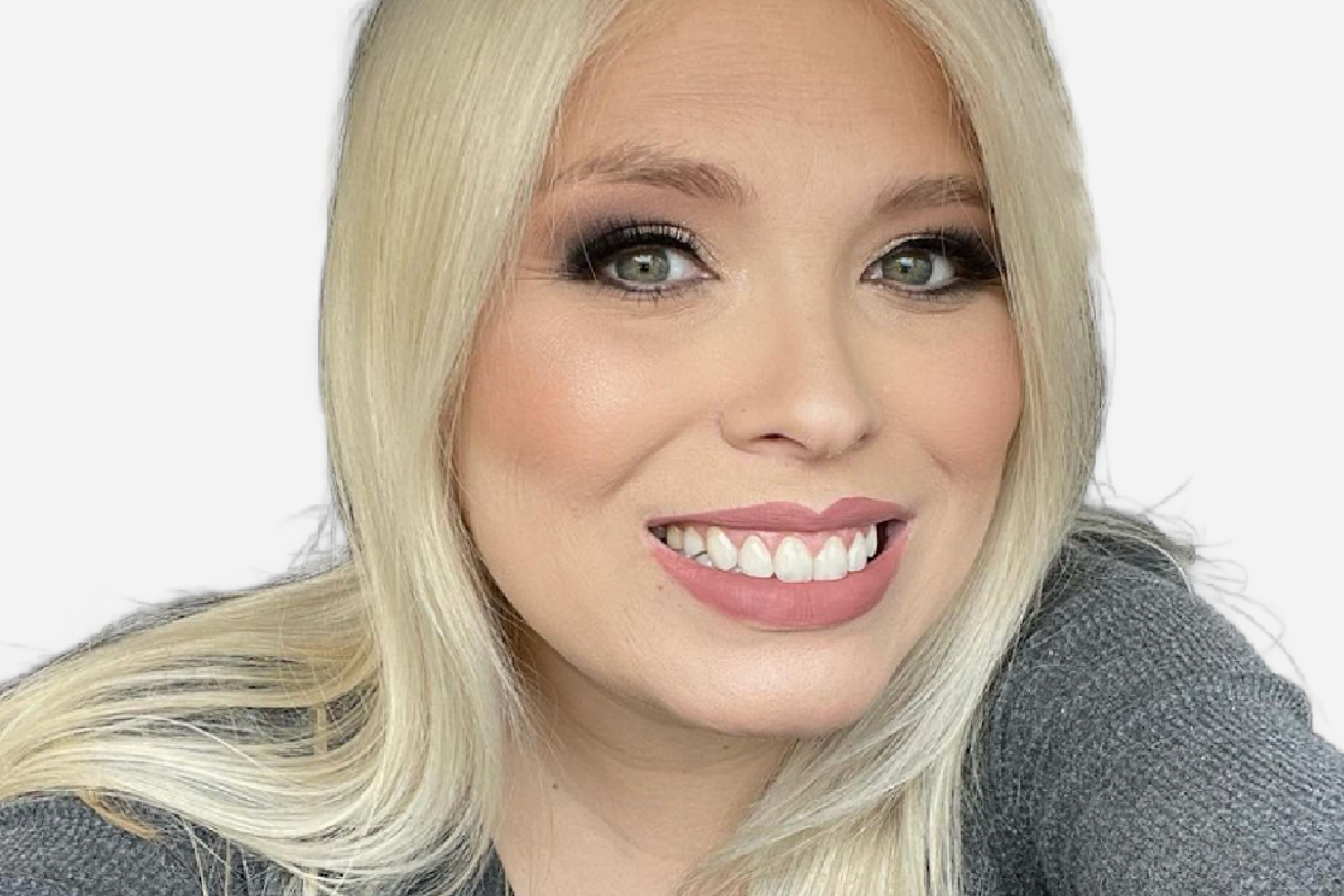
Social Factor
Finding Your Future at SF: Where Growth Meets Opportunity

In July 1990, two families — still grieving from the deaths of their sons — faced off against the band Judas Priest in court, alleging that the band’s music contained subliminal messages urging troubled teens to commit suicide. The band was found not liable, and the lawsuit was ultimately dismissed. Over the years, every form of media, from books to movies, music to video games, and so many categories in between, has been blamed for upticks of mental health disorders in teenagers. Was there ever a question that once media turned social, similar accusations would be leveled? When it comes to social media and mental health in teens, what do we know?

In May 2019, Instagram announced big changes to how image “likes” are viewed in an effort to stymie body dysmorphia in teens who use the site. Truly a huge and impressive step toward responsibly managing the mental health needs of a vulnerable social class, but is it Instagram’s responsibility to make this change? A national survey from March 2019 found that mental health disorders in teens are on the rise, largely believed to be from the growth of social media. In fact, people who were alive before the advent of social media show no changes in rates of depression, while those born after have increased rates of serious mental health disorders. With these statistics, it’s hard to argue that social media has no blame. But what’s actually causing these disorders in the first place?
Lack of sleep – Social media never turns off. Not only does its availability lend toward lack of sleep, but using devices like smartphones is mentally stimulating and can make falling asleep harder.
Cultural trends – Using social media at younger ages has become more socially acceptable. Apps like TikTok should be safeguarded by adults but can be accessed by anyone with an account.
Shifting parenting styles – Because cell phones have become such an important part of everyday life, more parents allow their children to have access to and own cell phones, which means easier access to social media.
Less face-to-face interaction – As of 2015, 73% of people in the U.S. use social media. As that number rises, the need for face-to-face interaction for even the most basic social interactions has fallen.
The rise of cyberbullying – Bullies have been around forever, but cyberbullying gives bullies 24-hour access to their victims and gives bullies some anonymity from being identified.

Instagram did the right thing in removing the ratings and being proactive about a problem that has so many different touchpoints. Around the same time as Instagram’s announcement, Twitter announced steps it’s taking toward better identifying and hiding the messages of cyberbullies on its site — an important first step for a giant social media platform to take.
Whether or not it’s social media’s responsibility to watch out for these teens, social platforms are recognizing a need and taking steps toward meeting that need. One big step companies can take is to hire emotionally smart social care managers to evaluate content that is both going out on social media and coming in from users to make sure any brand messages not only align with that brand’s values but also do no harm to those who may construe messages in a different tone. What other ways brands (and society as a whole) can help teens form positive habits when it comes to social media?
Limit screen time – While many believe teens need access to cell phones for security and communication, parents can limit the amount of screen time for their teens with a variety of apps.
Establish a social-media-free day – Social media detox is important for everyone. Establishing social-media-free days, or even weekends, can be a great step toward teaching teens how to unplug.
Use social media to find meetups and events around common interests. Parents can encourage their teens to use sites like Meetup or even groups and events on Facebook to connect with others with similar interests, away from social media.
If you see something, say something (cyberbullying) – Encouraging teens to speak out against cyberbullying and report instances as they occur will empower teens to protect themselves and their peers.
Listen – We shouldn’t assume teens have the emotional knowledge to manage all social media interactions. Listening to what teens are saying and actively engaging in conversations about their lives on social media can help them develop better tools for managing life on and off social media.
Much like the outcome of the Judas Priest trial, social media isn’t fully responsible for the behavior of its users. But, social care managers shouldn’t sit idly by as teens face hardships during these vulnerable years. Establishing brand social care guidelines for managing younger users and consumers is an important step toward protecting the brand and emphasizing the importance of truly taking care of each other as a community. After all, isn’t community what social media is supposed to be about?
Social Factor is a digital agency with social at the core. Not sure how to build a social care team that truly cares? We can help.

Finding Your Future at SF: Where Growth Meets Opportunity

Transform your Digital Strategy by Using Tech and SaaS for Optimal Resource Utilization

Building Brand Loyalty Through Authentic Human Connection

Sail Through Social Media Budget Planning with Ease

How Brands Can Navigate Pre-Election Chaos on Social Media

Threads: Is It Worth It Yet?

Jack “Of All Trades” Dorsey Is No Longer on the Bluesky Board

Celebrating Diversity at Social Factor

Coachella: What It Takes to Livestream the Festival on YouTube

How Fort Worth’s Social Factor Is Rocking ‘Human Connection’